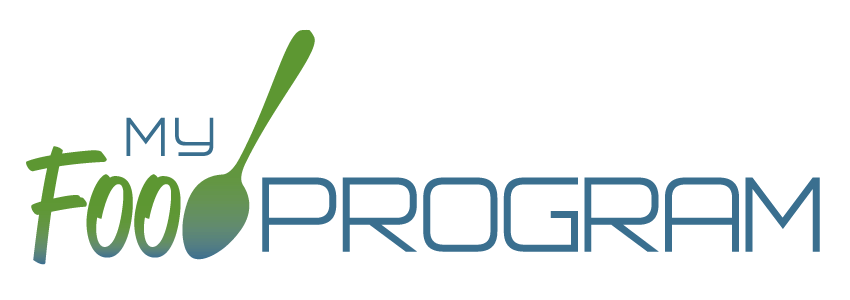
On October 19, USDA released two new memos about CACFP operations. They are both clarifications of the new meal pattern and not changes to existing policy. Below is a summary of the new memos, but remember that state agencies have the authority to set recordkeeping requirements so you should always check with your sponsor or state agency before making any changes to how you manage the CACFP.
Memo 1: CACFP01-2018
Grain Requirements in the Child and Adult Care Food Program; Questions and Answers
In this memo, USDA cleared up some common misunderstandings about grains.
- All CACFP facilities must offer one whole grain-rich food per day.
- All grains served need to be whole grain or enriched (or, in the case of breakfast cereals, “fortified”).
- Infants do not need to be offered a whole grain-rich food.
- It’s OK if a food has a very small amount of non-creditable grains (i.e. is listed after the statement that says “contains 2% of less of…” on the ingredient list)
- Sweet crackers (like graham crackers and animal crackers) are OK to serve.
- Grain-based desserts do not count, which includes cookies, sweet pie crusts, doughnuts, cereal bars, breakfast bars, granola bars, sweet rolls, toaster pastries, cake, and brownies
- It’s OK to add sweet toppings, such as fruit, honey, brown sugar or syrup to creditable foods like waffles, pancakes, granola and oatmeal
- Keep recipes for all homemade grain items
- Mark items as whole grain-rich according to the guidance from your state agency
- Breakfast cereal (cold cereals and hot cereals) need to have 6 grams or less of sugar per 1 ounce
USDA also clarified how to identify a whole grain-rich food. There are four ways to do this:
- The food is labeled as “whole grain”
- A whole grain is listed as the first ingredient on the food’s ingredient list (or second after water), and the next two grain ingredients are creditable
- The product includes a Food and Drug Administration approved whole-grain health claim
- Recipe (homemade food), CN label or product formulation statement (store-bought food)
Memo 2: CACFP02-2018
Feeding Infants and Meal Pattern Requirements in the Child and Adult Care Food Program; Questions and Answers
In this memo, USDA provided some clarification about feeding infants.
- Infants MUST be offered formula and food at all facilities that participate in the CACFP
- Infant meal times should match the infant’s needs. It’s OK if infant meals are outside of the hours listed on the facility application
- CACFP facilities have to offer one iron-fortified infant formula. There is no list of acceptable infant formulas. Instead, make sure that the formula has iron and is not on the list of FDA exempt formulas.
- It’s OK to claim meals for infants if mother comes to the facility to breastfeed
- There is no federal requirement to document how the breastmilk was delivered (fed on-site or given a bottle of expressed milk)
- Parents can only provide ONE food component (either formula/breastmilk or solid food)
- Solid foods must be served to infants around 6 months of age, as it is developmentally appropriate for each individual infant
- Once an infant is developmentally ready to accept solid foods, the center or day care home is required to offer them to the infant, however meals should not be disallowed simply because one food was offered one day and not the next if that is consistent with the infant’s eating habits.
- There is no single, direct signal to determine when an infant is developmentally ready to accept solid foods
- Juice cannot be given to infants
- Ready-to-eat breakfast cereals are OK to serve infants at snack
- Yogurt, cheese and eggs are OK to serve to infants as a meat/meat alternate. Cheese foods and cheese spreads do not count
